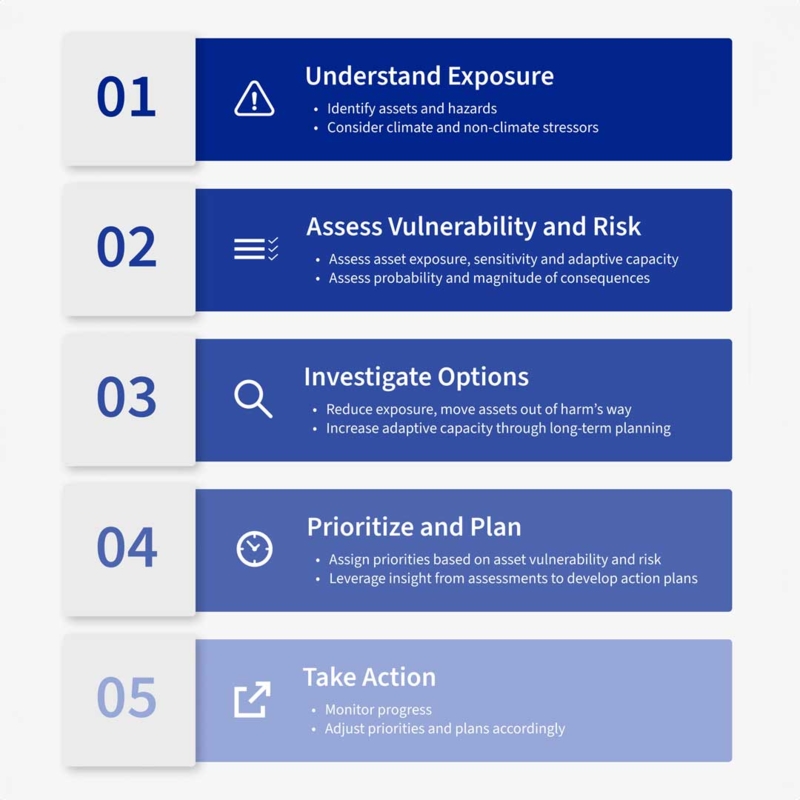Water Monitoring for Climate Resilience
Published on by Marcus Miller, Digital Marketing Manager at In-Situ
Water Monitoring for Climate Resilience: Removing Barriers to Data Collection Empowers Local Communities
Most impacts from climate change are related to water. Higher global temperatures are causing sea level rise, altering precipitation patterns and intensifying the occurrence and duration of extreme events like floods, droughts and storms. These and other changes significantly affect the quantity and quality of water resources, creating a cascade of consequences for communities, natural ecosystems and infrastructure.
Building resilience in the face of a changing climate requires reliable, accessible water monitoring data. Researchers, governments and other stakeholders can then use this data to understand the threats water-related changes pose to their communities and environments and make informed decisions about how to manage these changes.
Building Climate Resilience Requires Accurate Data
An initiative spearheaded by the National Oceanographic & Atmospheric Administration (NOAA) laid out five steps to establish effective measures for climate resilience. Accurate, timely data is essential to all steps of the process.
Without access to reliable information, it’s difficult to identify hazards and determine their sources. Risk assessment models are only effective if built on accurate data. And monitoring remains essential after plans are put in place, to track the impact of climate resilience measures.
Overcoming Barriers to Data Collection
Organizations traditionally rely on predictive models as the basis for risk assessment and resource management plans. But many of these models are
READ MORE
Taxonomy
- Water Quality
- Climate Induced Hazard
- Hydrodynamics & Water Quality
- Water Monitoring
- Water Monitoring
- Climate Change
- Climate Change Adaptation
- Climate Change Resilience
- Water Systems Monitoring
- Water Quality Management
- Water Quality Training
- Water Quality Monitoring
- Climate/Energy Literacy
- Water Quality Monitoring
- Water quality
- Water Quality Research
- Water Quality Monitoring Sensor
- Water Quality
